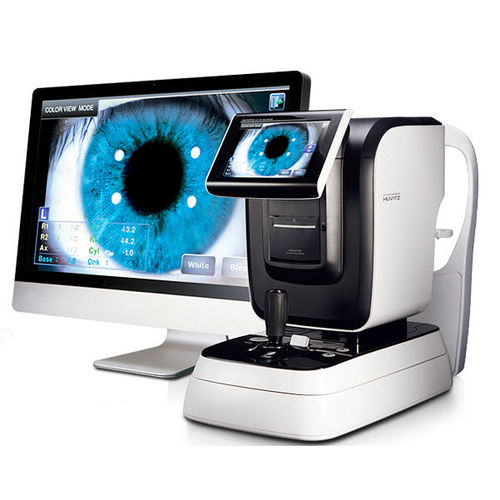

Through multiple internal reflections, the sphere offers high attenuation for high power measurements.The following are more unique features offered by the integrating sphere:

The power output of these lasers is typically measured using detectors combined with an integrating sphere that collects all incoming radiation independent of the angle of incidence. Lasers with non-collimated (divergent) beams cannot be measured with a flatfield detector because of the different angles of incidence.However, there is a risk of measurement errors due to polarization effects, surface reflections from optical surfaces in the light path and misalignment of the beam on the detector. Because of the high power of lasers, the responsivity of the detector may have to be reduced by an attenuation filter. Lasers with collimated (parallel) beams are typically measured with a flat-field detector whose active size is larger than the laser beam diameter.There are two typical measurement strategies for laser power detection: The meter then calculates the reading by applying the calibration factor for the wavelength selected and displays the measurement result.

Some meters offer the capability of selecting a wavelength by menu on the display. The corresponding calibration factor for that specific wavelength is selected when making the laser power measurement. This means that the typical spectral sensitivity characteristic of Si or InGaAs photodiodes can be used without requiring spectral correction.įor absolute power measurements, the bare detector’s spectral response can be calibrated at a single wavelength or over its complete spectral range (typically done in 10 nm increments). Most lasers used in measurement equipment and fiber optic telecommunication systems work predominantly in the 200 nm to 1800 nm wavelength range.īecause of the monochromatic emission spectrum and fixed output wavelength, detectors used to measure laser power do not need a radiometric broadband characteristic. Optical radiation describes the segment of electromagnetic radiation from λ = 100 nm to λ = 1 mm. Traditional monochromatic radiometric applications are found in the range of optical spectroscopy with narrow band-pass filtered detectors and scanning monochromators used as monochromatic detection systems or monochromatic light sources. Because of its monochromatic and coherent radiation, high power intensity, fast modulation frequency, and beam orientated emission characteristics, the laser is the primary source used in fiber optic communication systems, range finders, interferometers, alignment systems, profile scanners, laser scanning microscopes, and many other optical systems. The laser is the most commonly encountered monochromatic source. See our LED measurement systems and products in our General and Special Lighting applications: Today almost every new optical radiation application is driven by LEDs. As an example, in the late 1990’s the city of Denver had replaced some 20000 incandescent bulbs in traffic light signals with LED devices. Speed of measurement and robustes are of course key parameters beside the optical performance.Ī typical LED has a lifetime of 100,000 hours (compared to about 1000 hours for incandescent bulbs) thus drastically reducing the need for maintenance, and often leading to significant overall cost reduction when LEDs are used in the place of traditional lighting. These tasks are achieved through optimized spectral radiometers that use diode arrays, so called array-spectroradiometers. luminous flux or radiant power) accurate. In this process, very fast and precise spectral LED measurements have to be performed in order to determine the color coordinates and absolute radiometric intensity (e.g. LEDs therefore have to be selected according to their specifications due to the tolerances in the production. Since the emission color depends on the spectral distribution of the LED, there is a certain demand for LEDs with identical specifications. An LED can be designed to emit light of only the desired color.


 0 kommentar(er)
0 kommentar(er)
